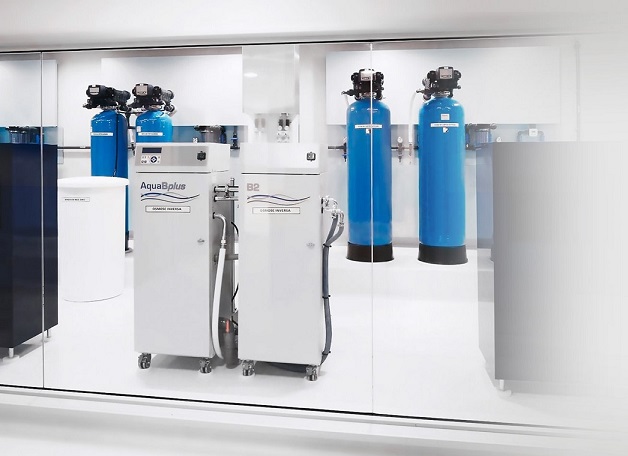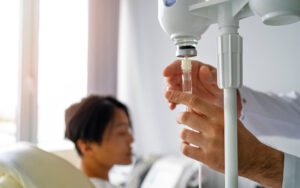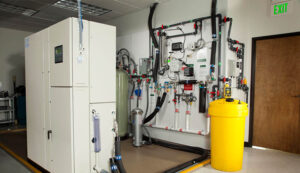Regarding dialysis treatments, water quality is essential for guaranteeing patient safety and treatment efficacy. Dialysis water treatment devices are helpful in this situation. These systems are essential to the operation of dialysis centers because they clean the water to the exacting standards needed for effective and safe hemodialysis. In this article, we’ll examine dialysis water treatment systems‘ significance, essential elements, upkeep, and role in providing high-quality patient care.
Understanding Dialysis Water Treatment Systems:
Water used in hemodialysis operations is purified using dialysis water treatment devices to eliminate pollutants and impurities. These systems include filtration, reverse osmosis, and disinfection methods to provide the appropriate water quality. Dialysis water treatment systems prevent dangerous compounds from entering the patient’s bloodstream during dialysis by ensuring the water adheres to strict requirements.
The Key Components:
- Pre-treatment filters remove bigger particles, sediments, and chlorine from the water at the start of the process. This process improves overall performance and safeguards the system’s later phases from harm.
- The reverse osmosis (RO) process is at the center of the dialysis water treatment system. This step uses a semi-permeable membrane to remove dissolved pollutants from the water, including minerals, bacteria, and viruses. The end product is pure water that satisfies the exacting standards for dialysis.
- Reverse osmosis is followed by deionization, which eliminates any ions that are still present and guarantees the water is free of any electrically charged particles. This procedure improves water quality even further while lowering the possibility of problems during dialysis.
- Ultrafiltration: This process is included in several dialysis water treatment systems. Endotoxins and other tiny particles that could have made it through earlier steps are eliminated during this procedure. Ultrafiltration is another protection that guarantees the greatest degree of water purity for patient safety.
- Disinfection: Disinfection techniques are used to preserve the quality of the water in the system, including ultraviolet (UV) treatment or thermal disinfection. These methods eliminate germs like bacteria, viruses, and other microbes, which stops biofilm development and keeps the water supply clean.
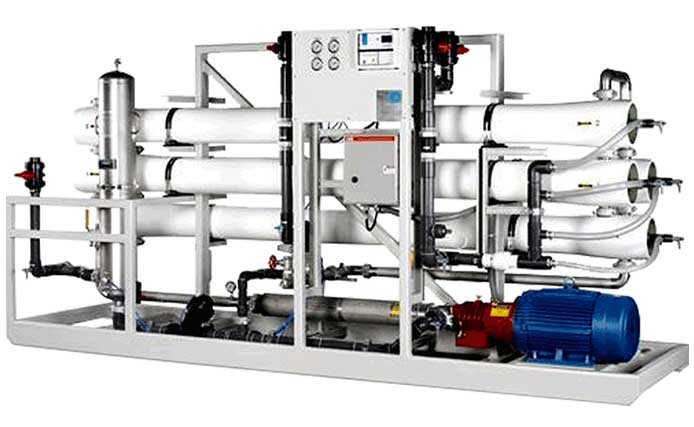
Maintenance and Monitoring:
Dialysis water treatment systems must be maintained and monitored regularly to guarantee maximum performance and water quality. This includes regular inspections, filter swaps, cleaning techniques, and water quality testing. Dialysis facilities must abide by stringent norms and regulations controlling water purity and system upkeep to deliver safe and efficient treatment.
The Importance of Dialysis Water Treatment Systems:
- Safety of the patient: Dialysis patients usually have compromised immune systems, making them more immune to infections and several other issues. The supreme-quality water used in dialysis water treatment systems lowers the risk of contamination, preserving the health and well-being of patients.
- Treatment Efficacy: Water contaminants can interfere with the dialysis process, lowering measurement precision and putting the treatment at risk. Dialysis water treatment systems make sure the water is clear and free of pollutants, which helps the operation work more effectively.
- Compliance with Regulations: The Association for the Advancement of Medical Instrumentation (AAMI) and the Centers for Medicare and Medicaid Services has rigorous regulations that dialysis centers must follow (CMS). A trustworthy dialysis water treatment system is required for dialysis facilities to follow these legal requirements and keep up compliance.
- Equipment Durability: Excellent water significantly contributes to the equipment’s equipment longevity. Dialysis water treatment systems increase the equipment’s durability by minimizing the accumulation of scale, deposits, and pollutants. Scale and deposit removal keep delicate parts from clogging and being damaged, ensuring the machines run smoothly and effectively. This reduces downtime and disturbance in the delivery of dialysis treatments to patients and saves expenses associated with frequent repairs or replacements.
Ensuring Water Quality Standards:
Dialysis water treatment systems are created to adhere to stringent water quality criteria set by regulatory organizations like AAMI. Toxins, bacteria, endotoxins, total dissolved solids (TDS), and chlorine are only a few of the pollutants and impurities in dialysis water that these guidelines set as permissible levels. These systems can regularly meet or surpass these criteria by integrating cutting-edge filtration and purification technology, guaranteeing the water used in dialysis satisfies the strictest requirements.
In order to maintain compliance, regular water quality testing is necessary. Following legal requirements, dialysis facilities frequently take precautions like routinely sampling and testing the water. These tests measure endotoxin concentrations, pH, conductivity, and microbial content. Continuous monitoring systems are also used to give real-time data on water quality and enable rapid identification of any deviations
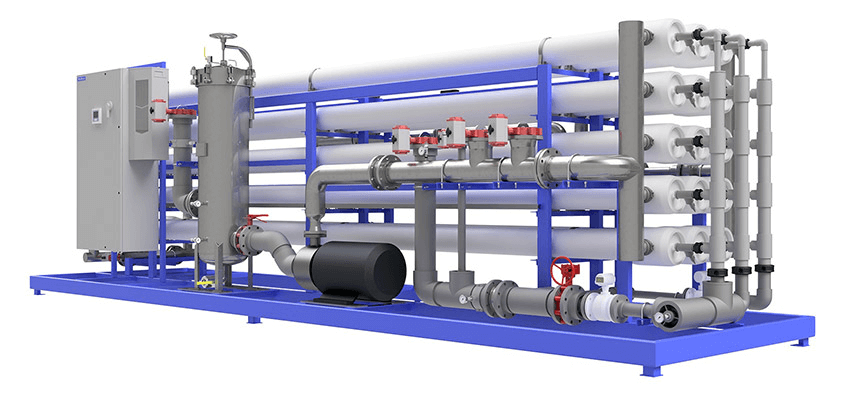
Choosing the Right Dialysis Water Treatment System:
To get the most satisfactory performance and prioritizing the patient’s safety, a facility must select the appropriate dialysis water treatment system. The following factors should be considered before making this decision:
- Capacity and Scalability: Considering the number of dialysis stations and any future expansions, the system should be able to supply the water demands of the facility. In order to accommodate rising patient loads without sacrificing water quality, scalability is crucial.
- Select goods from reputable businesses with a track record of reliability and effectiveness if you want efficiency and dependability. Consider factors like energy consumption, water waste reduction, and ease of maintenance to create a cost-effective and sustainable solution.
- Standards Compliance: To guarantee water quality and regulatory compliance, confirm that the system complies with all necessary regulatory standards, such as AAMI recommendations.
- Service & Assistance: Search for a service company that offers full installation, instruction, upkeep, and technical assistance. The proper operation of the dialysis water purification system requires an effective support system.
Conclusion:
For dialysis to be safe and productive, water purification systems are necessary. The efficacy of therapy, patient safety, and regulatory compliance are all improved by these systems’ efficient removal of contaminants and poisons from the water. They also aid in lowering expenses, decreasing downtime, and extending the life of dialysis equipment.
It’s essential to consider aspects like capacity, dependability, adherence to standards, and continuing service and support when choosing a dialysis water treatment system. Dialysis clinics can offer their patients the best level of treatment while respecting the tightest water quality regulations by selecting the proper system and meticulously maintaining it.
Investing in a dependable and effective dialysis water purification system is essential to safeguard patients’ well-being and the facility’s overall performance in the dynamic world of dialysis, where every drop of water counts.

